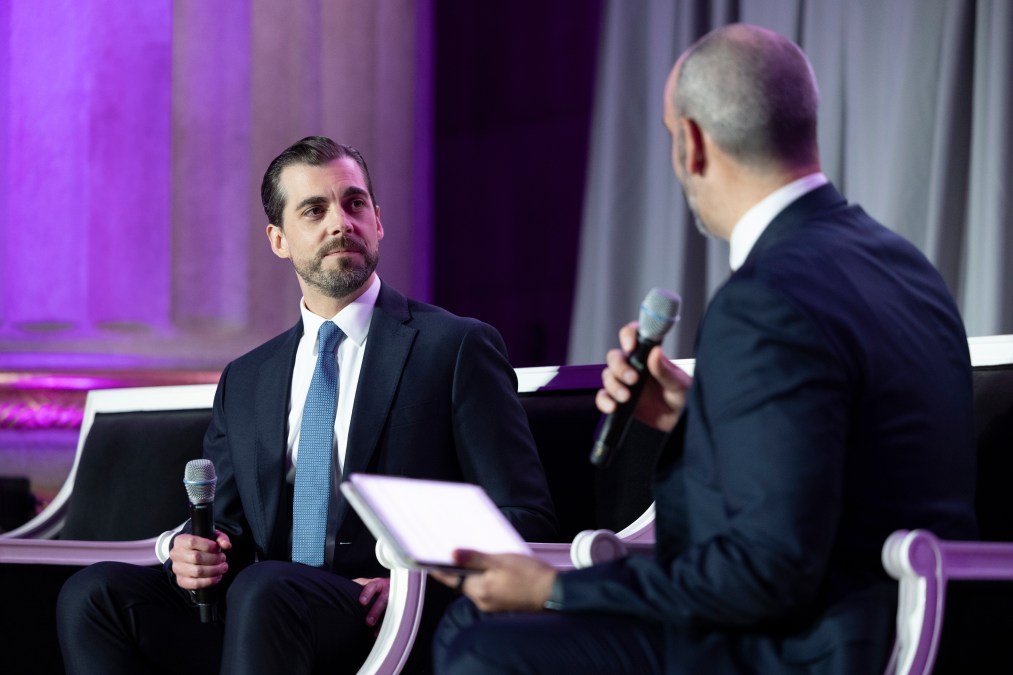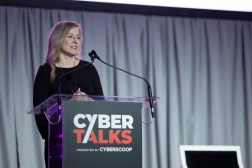Threat awareness, cloud security, quantum computing among chief agency cyber policy priorities ahead

Top federal security and IT officials recently met to discuss 2025 cyber policy priorities, setting an emphasis on sustaining zero trust, building up awareness of threats against agency systems, securing the cloud and getting ready for post-quantum cryptography, the interim Federal Chief Information Security Officer said Wednesday.
At that joint federal Chief Information Officers Council and Federal CISO Council meeting, there was a discussion of “what’s coming next, what are we seeing coming down the pike that you can go back to your team and have meaningful discussions about where your cyber strategy is going,” Federal CISO Mike Duffy said at CyberTalks, presented by CyberScoop. “There were four things we discussed as, ‘Please take note, federal CIOs and CISOs. Let’s see these through in 2025.’”
One of those four things was advancing zero trust, a subject also discussed elsewhere at CyberTalks. Another was “operational visibility,” Duffy said. That means agencies taking advantage of existing investments, he said, to “gain visibility across your environments and make a difference, make an impact, reduce risk individually, so that across the government, we have visibility as the threat actor moves.”
Another was “hardening secure cloud environments,” Duffy said, namely by turning to the Cybersecurity and Infrastructure Security Agency’s Secure Cloud Business Applications Project to protect federal information.
And another was quantum readiness, including for post-quantum cryptography (PQC). “It’s critically important for agencies to be thoughtful about their inventories, how they are planning for migration of their critical systems to PQC, considering what the future holds and what the next steps can be,” Duffy said.
November’s election will bring a new president, regardless of who wins between Democrat Kamala Harris or Republican Donald Trump.
But it’s important for federal agencies to head into the new year with “unified effort,” Duffy said.
Looking ahead to policy developments in 2025 still involves a continuation of things that have come before, he said. That means things such as setting foundational governance structures on things like artificial intelligence or secure software development, advancing “critical work” for the long-term like multifactor authentication and phishing resistance and making good use of past investments like those for CISA’s Continuous Diagnostics and Mitigation program.





